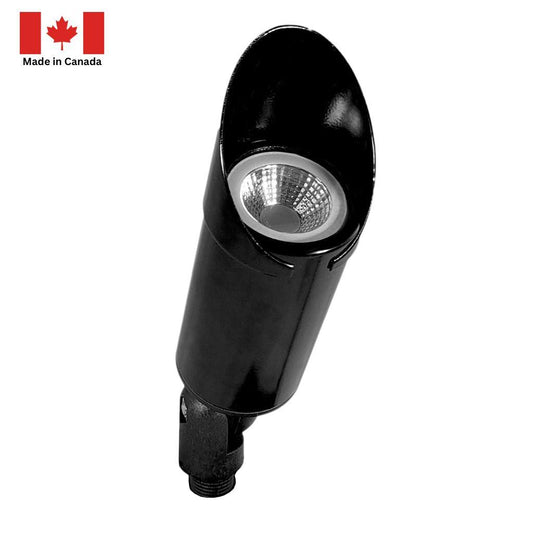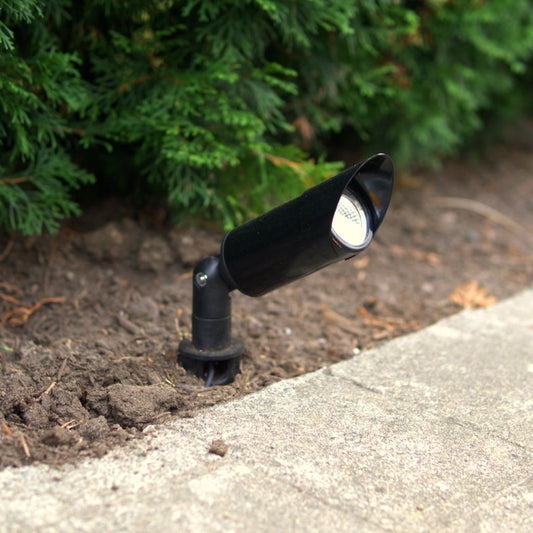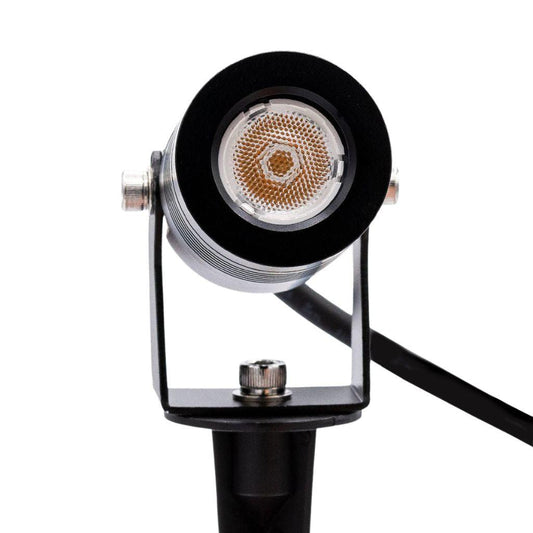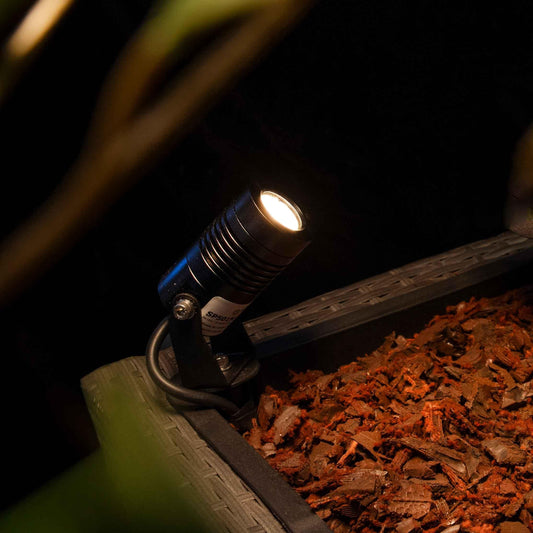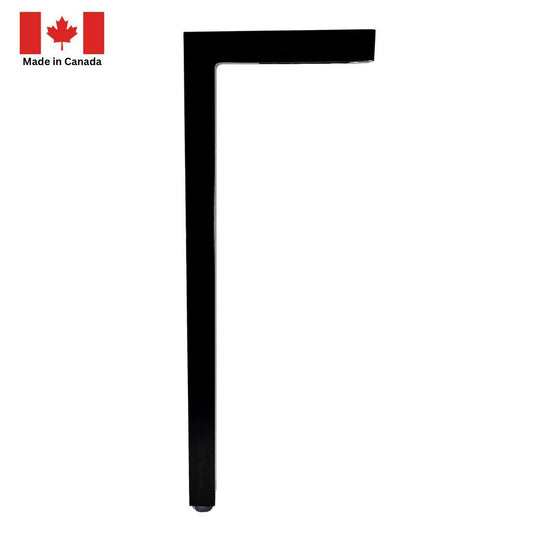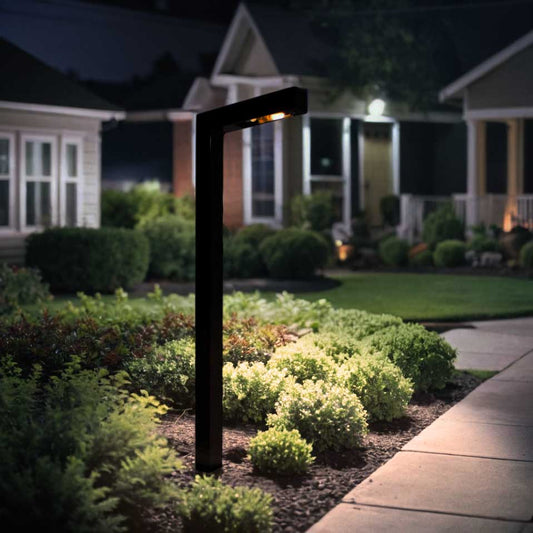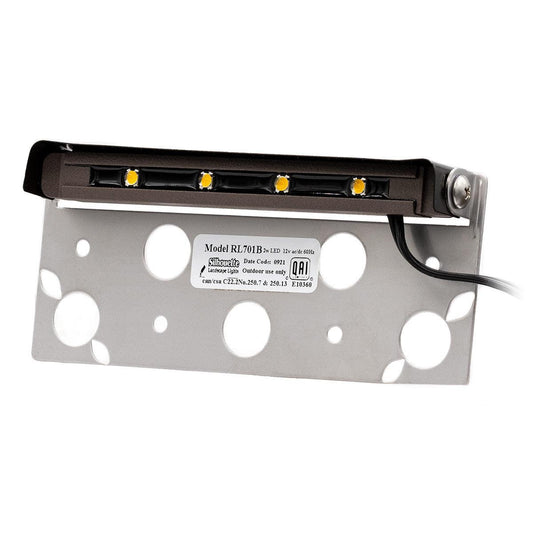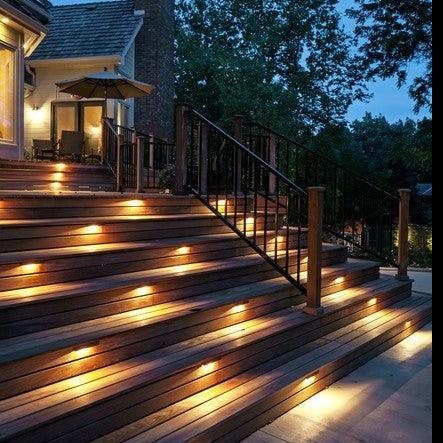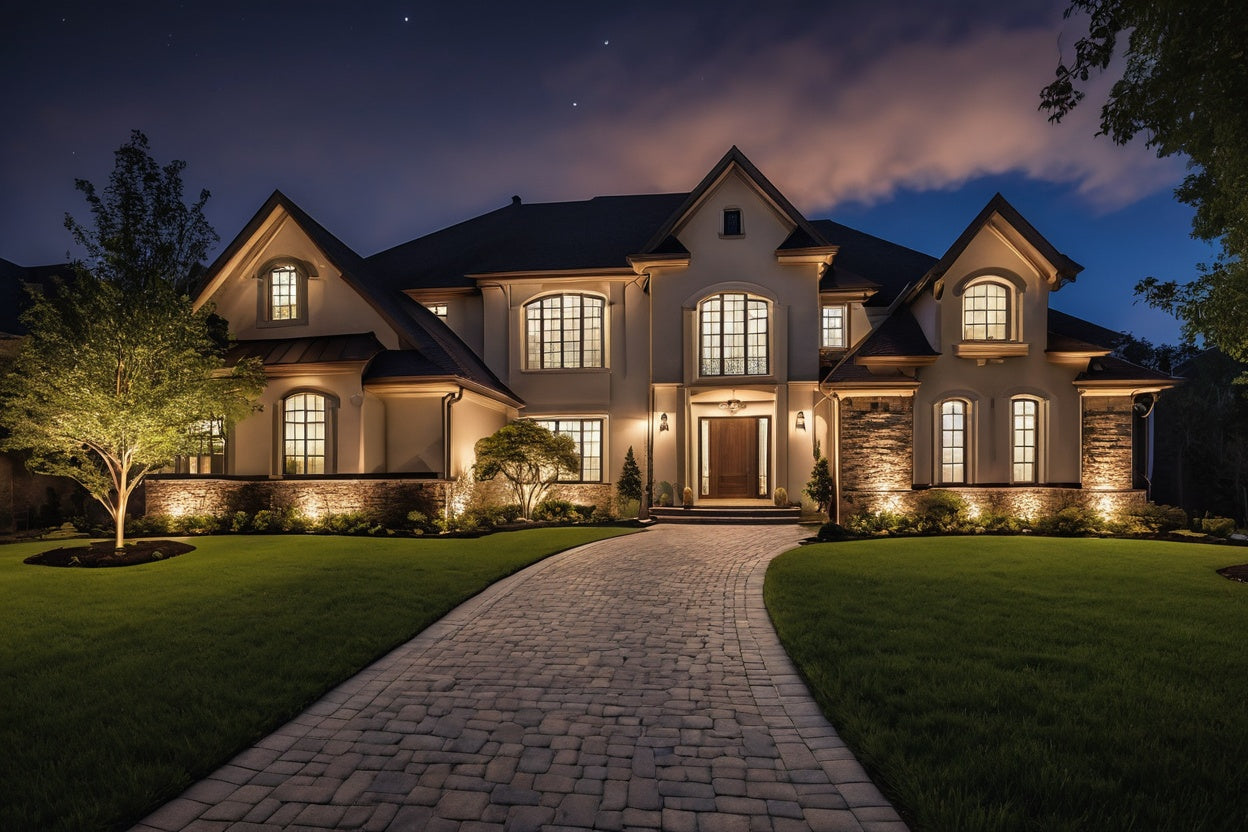
Silhouette Lights - Brilliantly Bright Landscape Lights
Silhouette Lights is trusted by Thousands of Canadian Home Owners. Transform your outdoor space with Canadian-made landscape lights engineered to withstand extreme weather while bringing professional beauty to your home.
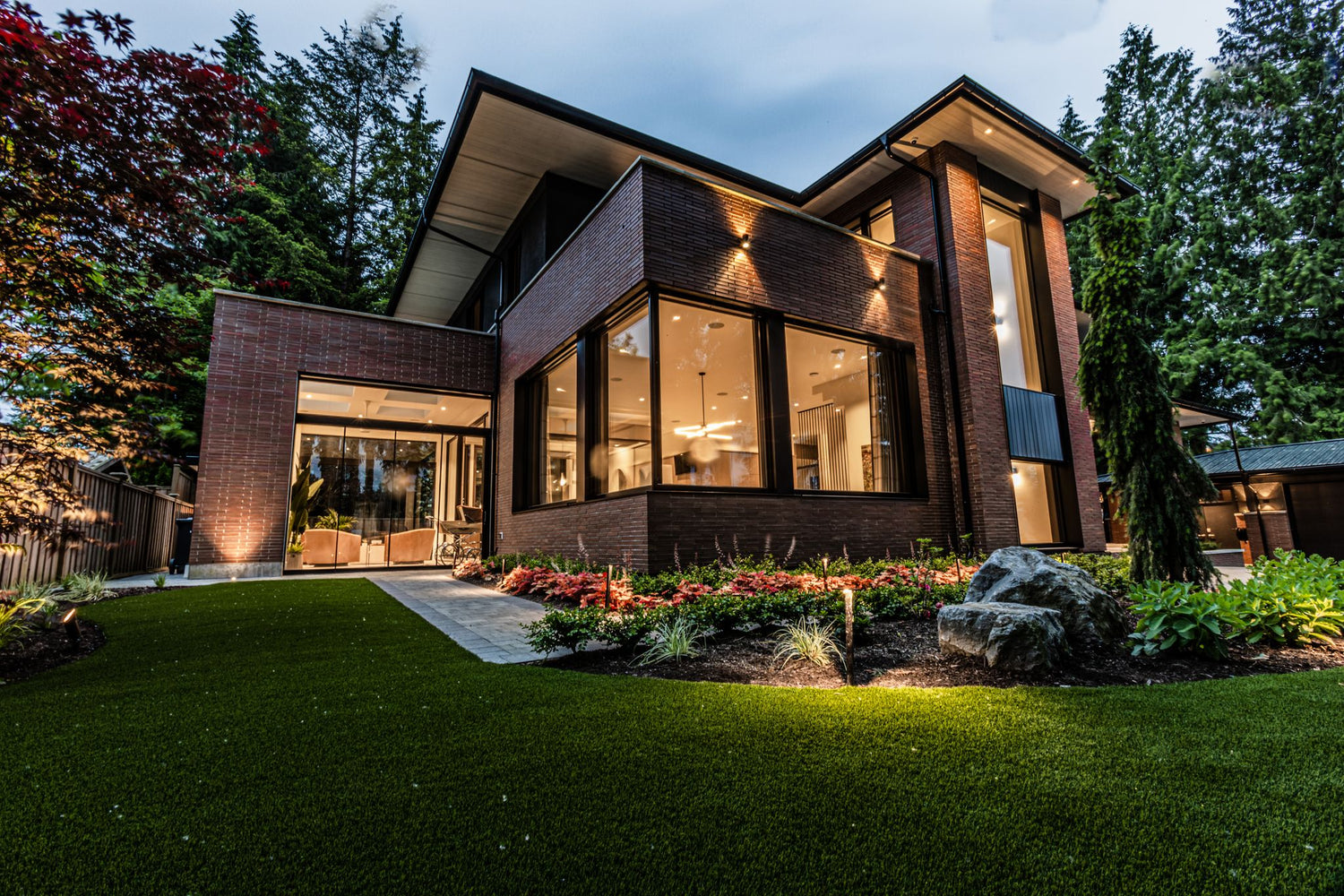
Premium Outdoor Lighting.
Choose a solution that's built to last!
According to our survey, 78% of homeowners replace their landscape lighting within just two years ᠆᠆ before switching to Silhouette Lights.
Our Lighting Categories
-
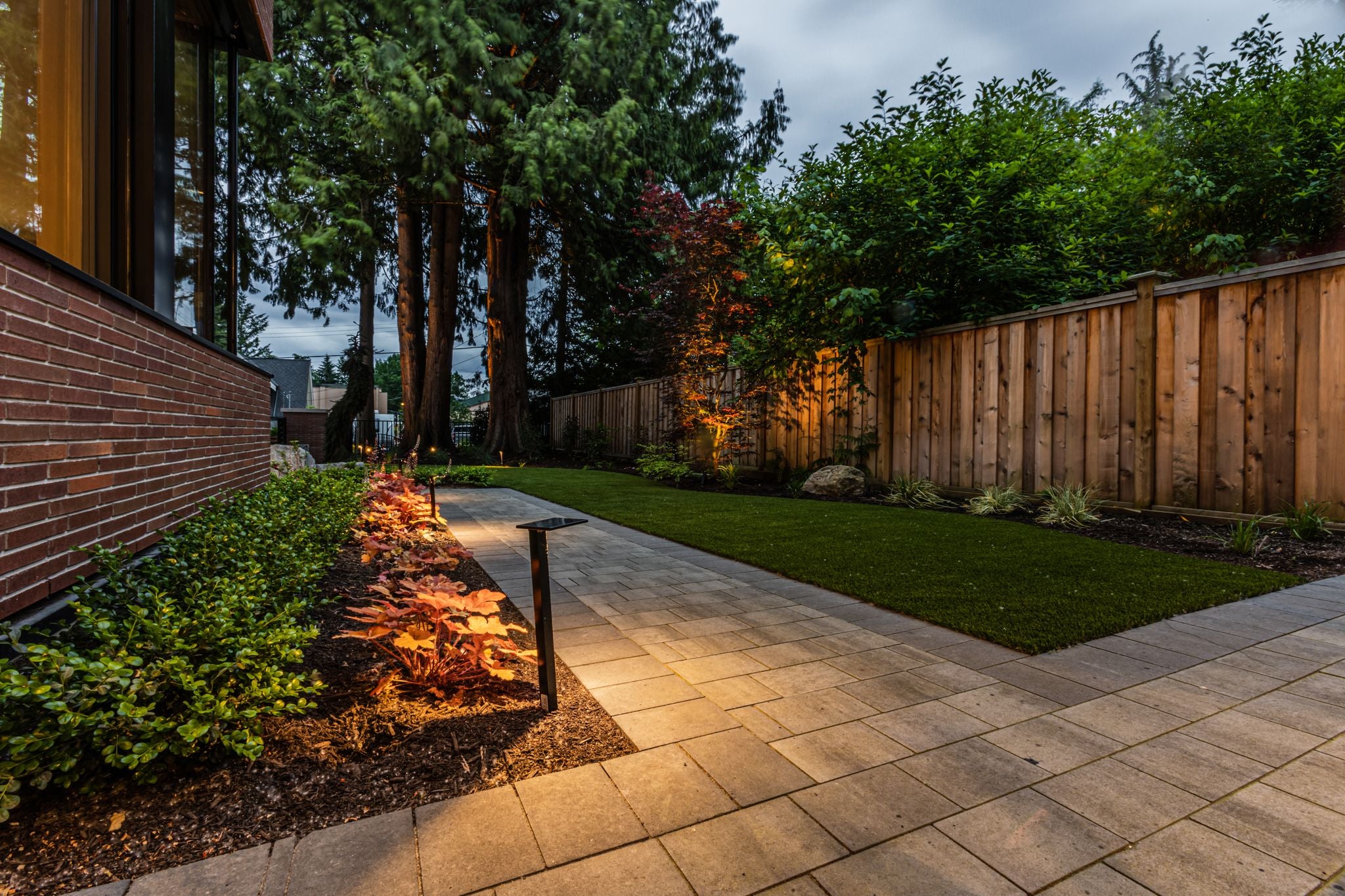
Path Lights
Shop Path LightsThese fixtures illuminate your backyard walkways and perimeter landscape features. Path lights easily improve curb appeal and walking along paths safer.
-
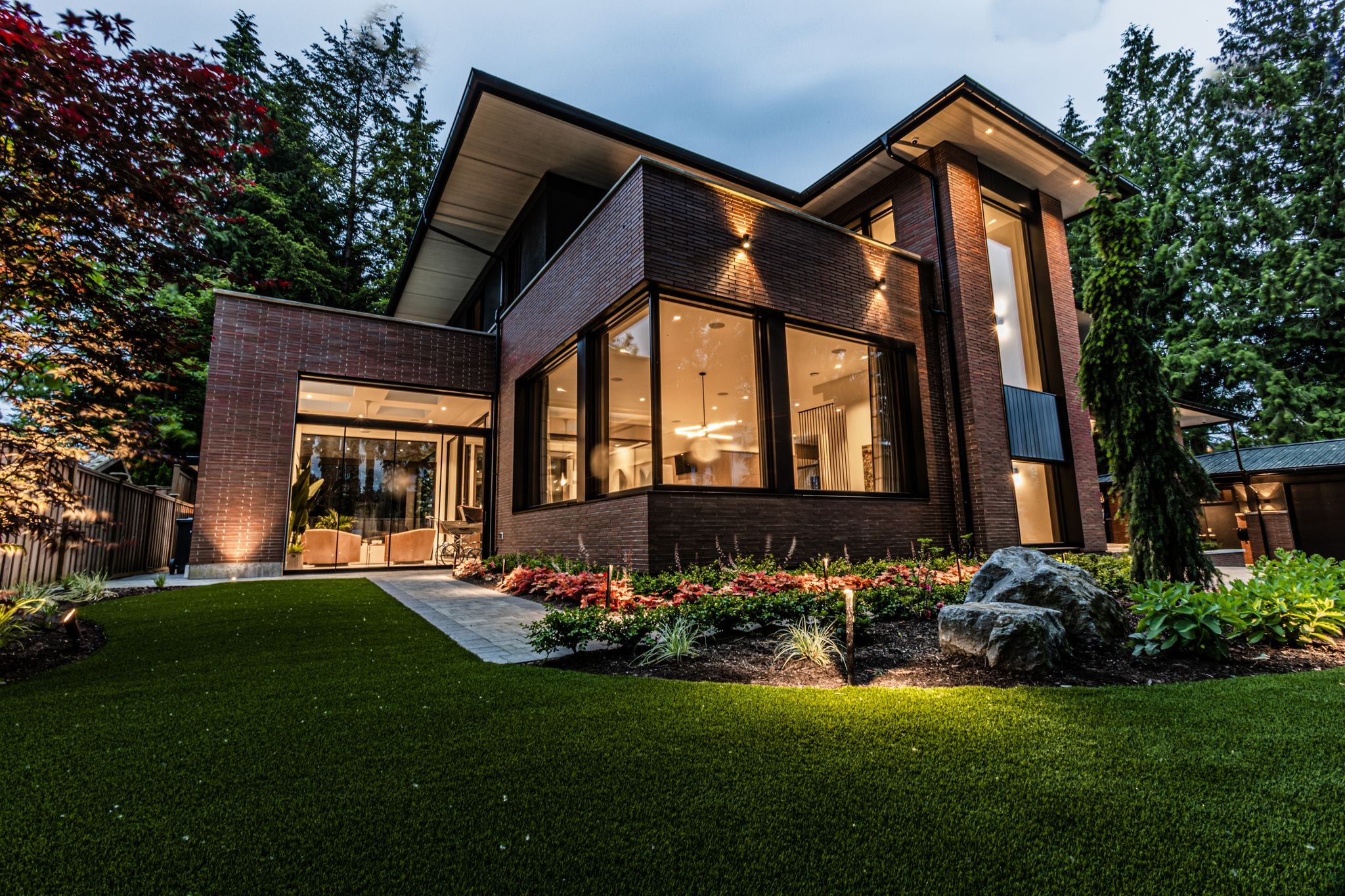
Spot Lights
Shop Spot LightsAlso known as uplights, spotlights project a concentrated, narrow beam. They are easy to aim and highlight specific display points, like architectural details or landscape features.
-
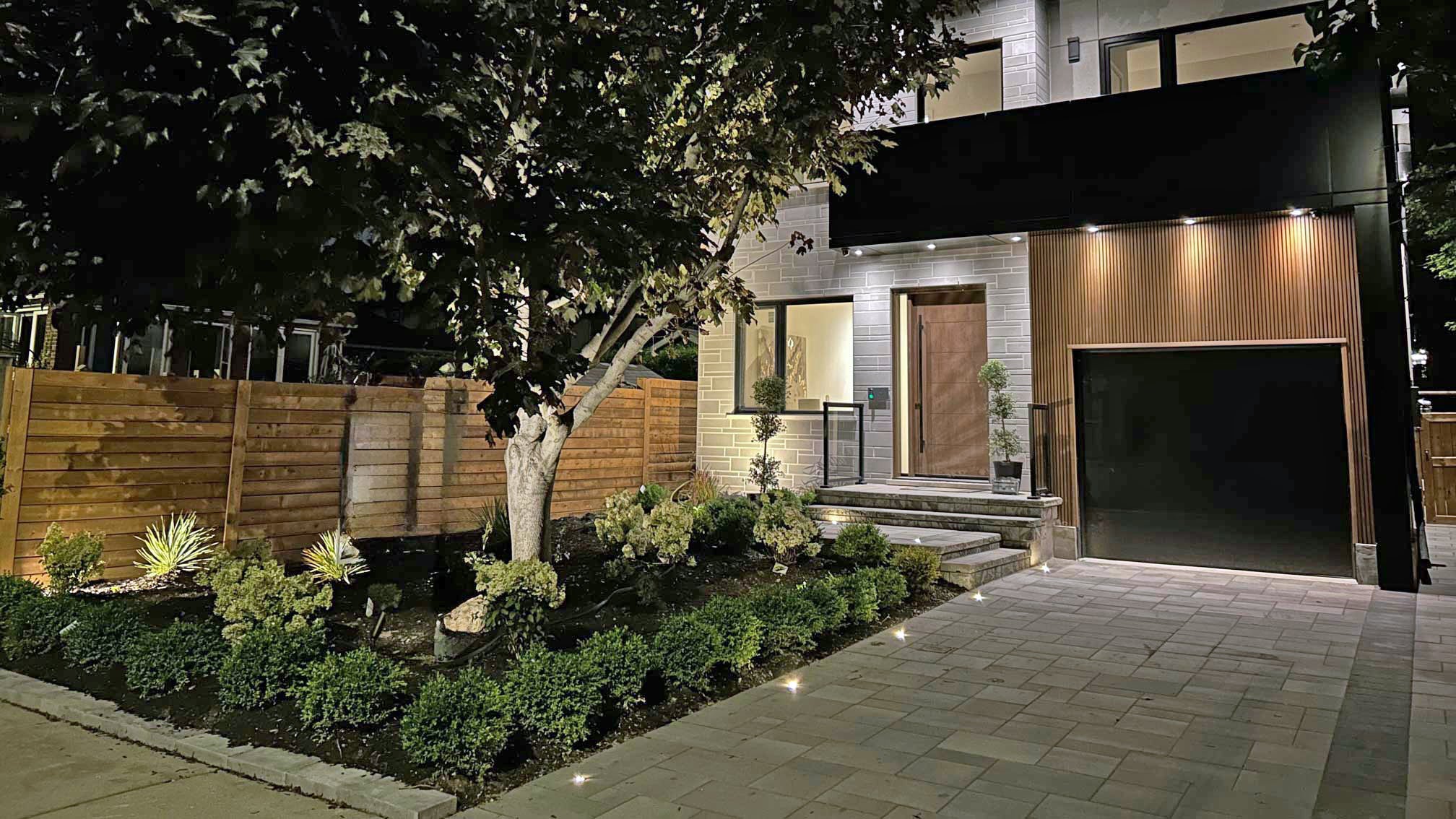
Marker Lights
Shop Marker LightsDurable, weather-resistant landscape set-in paver lights. These marker lights mount flush to driveways, decks, and other features.
-
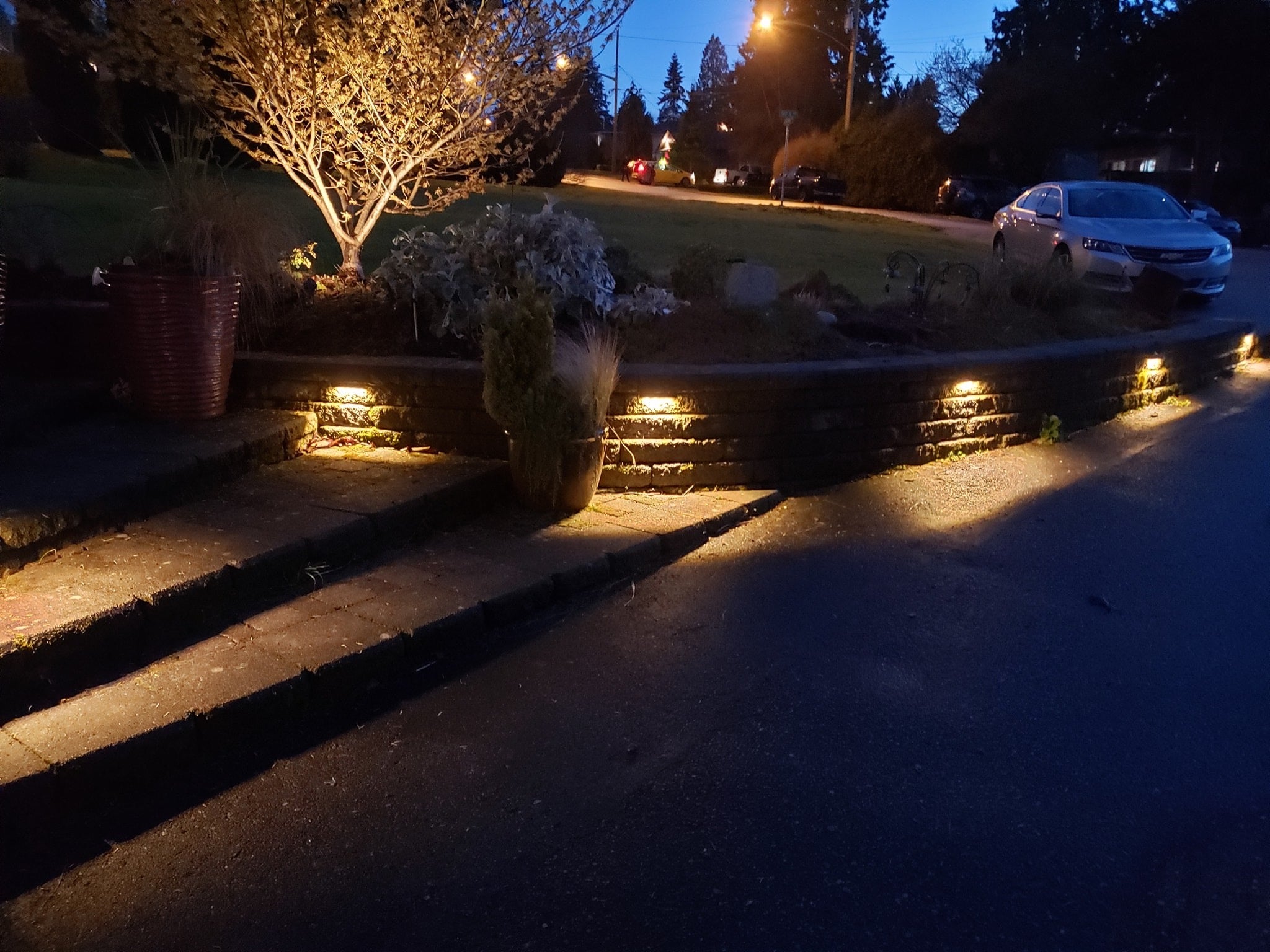
Rail Lights
Shop Rail LightsRail lights are very versatile and can be used to light decks, steps, walk ways and drive ways. They are often used as an accent and define the edges of outdoor spaces. They're perfect for under retaining wall cap stones.
Our Most Popular Lights
View a collection of our most popular landscape lights. From covered patios to backyard landscapes, our premium lights will illuminate the night for years.
-
Premium Adjustable LED Spot Light - SP501B
Regular price $129.95 CADRegular priceUnit price / per$129.95 CADSale price $129.95 CAD -
Mini LED Spotlight - SP501M
Regular price $99.95 CADRegular priceUnit price / per$99.95 CADSale price $99.95 CAD -
Elbow LED Path Light - PL185B
Regular price $139.95 CADRegular priceUnit price / per$139.95 CADSale price $139.95 CAD -
LED Rail Light - RL701B
Regular price $89.95 CADRegular priceUnit price / per$89.95 CADSale price $89.95 CAD
-
Decades of Durability
Never worry about cracked fixtures. Silhouette Lights are fabricated from aluminum, copper, and stainless steel with marine grade finishes.
-
Professional-Grade Outdoor Lights
Energy efficient LED bulbs provide a warm, inviting glow that enhances your home's beauty and safety.
-
Simple Installation & Maintenance
Our 12v outdoor lighting system is designed for homeowners. It's easy to install, update, and maintain.
-
Engineered for Canada
Proudly designed and tested in Canada for superior performance. IP67 rated outdoor fixtures and connections seal out snow, ice, rain, and extreme temperatures.
Hear From Happy Homeowners Like You
Have Questions? We've Got Answers.
Trusted by Thousands of Canadian Home Owners
Is installation really DIY friendly?
Absolutely! Our system uses simple waterproof connectors and low-voltage wiring. Most homeowners complete installation in a few hours to a weekend, depending on the size. Plus, our support team is just a call away for guidance.
How durable are they compared to store brands?
There's no comparison. Store brands often use plastic or thin metal that breaks down quickly. Silhouette Lights use thick, aircraft-grade aluminum designed to last for decades, even in harsh Canadian weather. That's why we offer a comprehensive warranty.
What is the warranty?
All Silhouette Lights products purchased today come with a 5-year limited warranty covering defects in materials and workmanship.
- Fixtures and transformers: Protected for 5 years.
- Timers and photocells: Covered for 1 year.
- Light bulbs: Covered for 1 year.
We stand behind the quality of our products, ensuring your investment is built to last.
Are they expensive?
Silhouette Lights are a premium investment, but offer far greater long-term value. Consider the cost and hassle of replacing cheaper lights every 1-2 years. Our lights are designed to last decades, saving you money and frustration over time. Think of it as a permanent upgrade to your home.
What if I need help or have an issue?
Our Canadian-based customer support team is here to help! We offer phone and email support, installation guides, and troubleshooting resources. Your satisfaction is our priority.
How do I maintain low voltage landscape lighting?
To maintain low voltage landscape lighting, you will need to follow these steps:
- Clean the lights regularly to remove dirt, dust, and debris.
- Check the connections periodically to ensure that they are secure and free from corrosion.
- Replace any burned-out bulbs promptly.
- Adjust the lights as needed to ensure that they are aimed properly.
- Inspect the wire connections periodically to ensure that they are secure and free from damage.
Real Home Transformations
-

Chilliwack, British Columbia
-
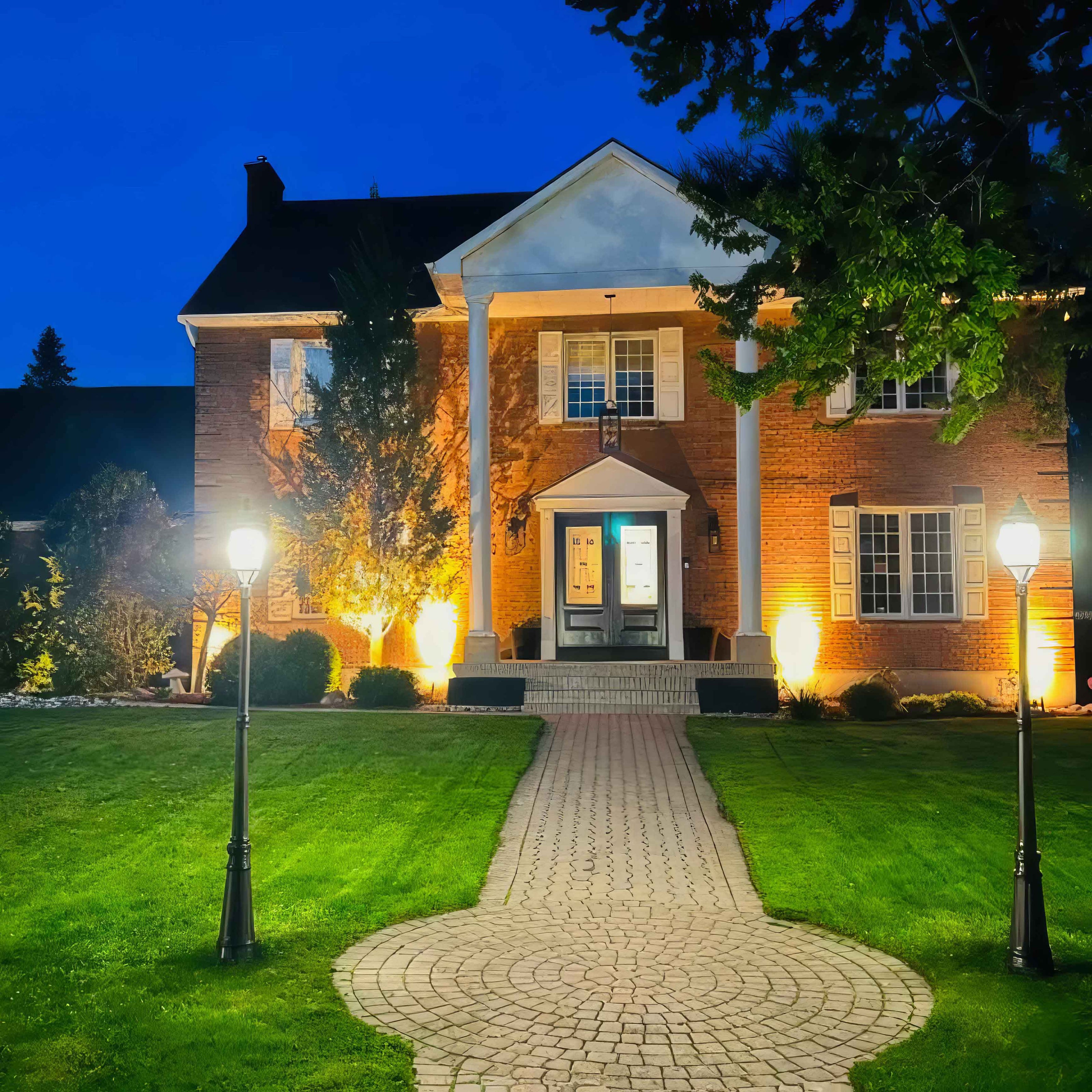
Ottawa, Ontario
-

Toronto, Ontario
-

Chilliwack, British Columbia
-
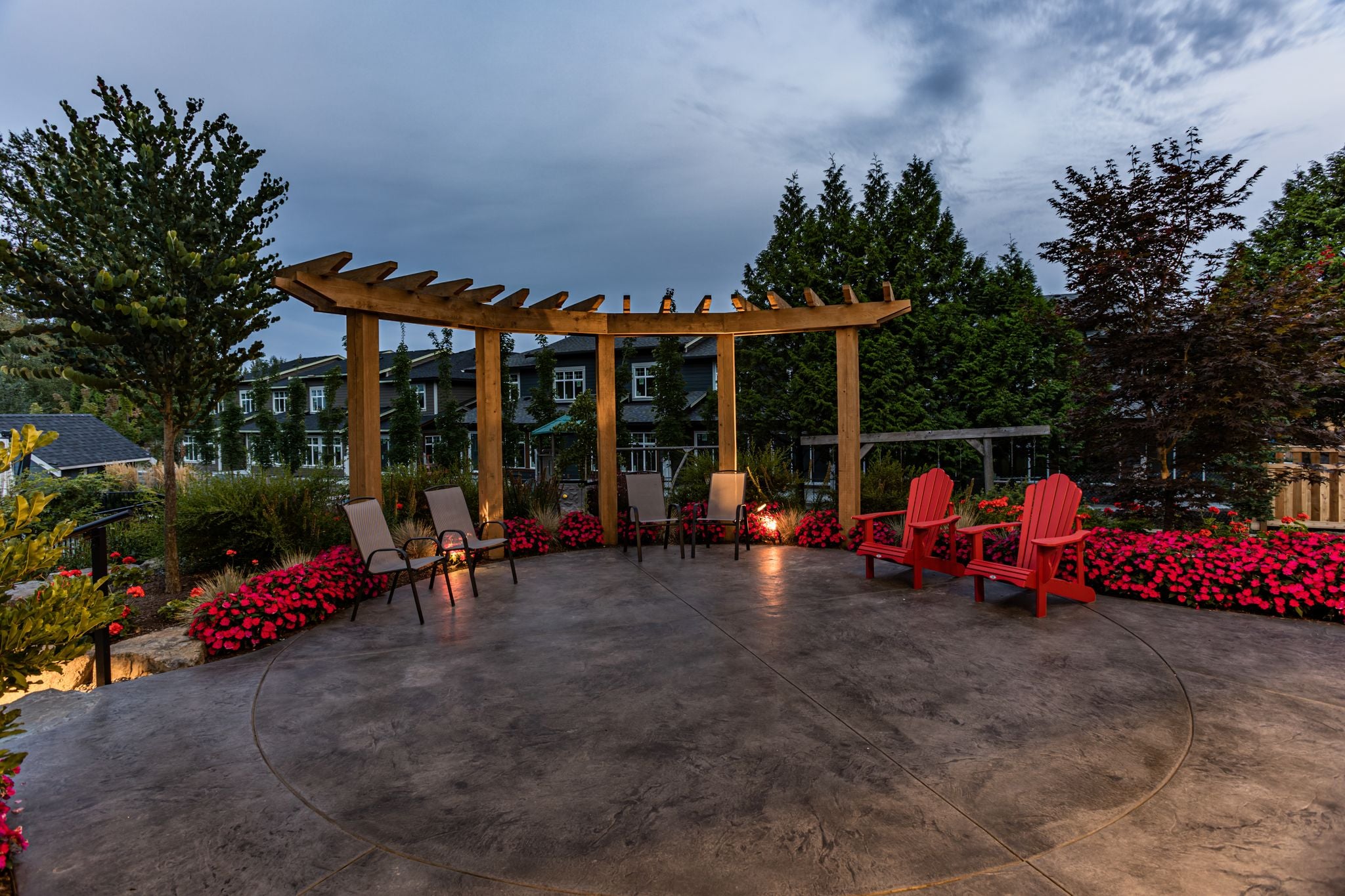
Vancouver, British Columbia
-
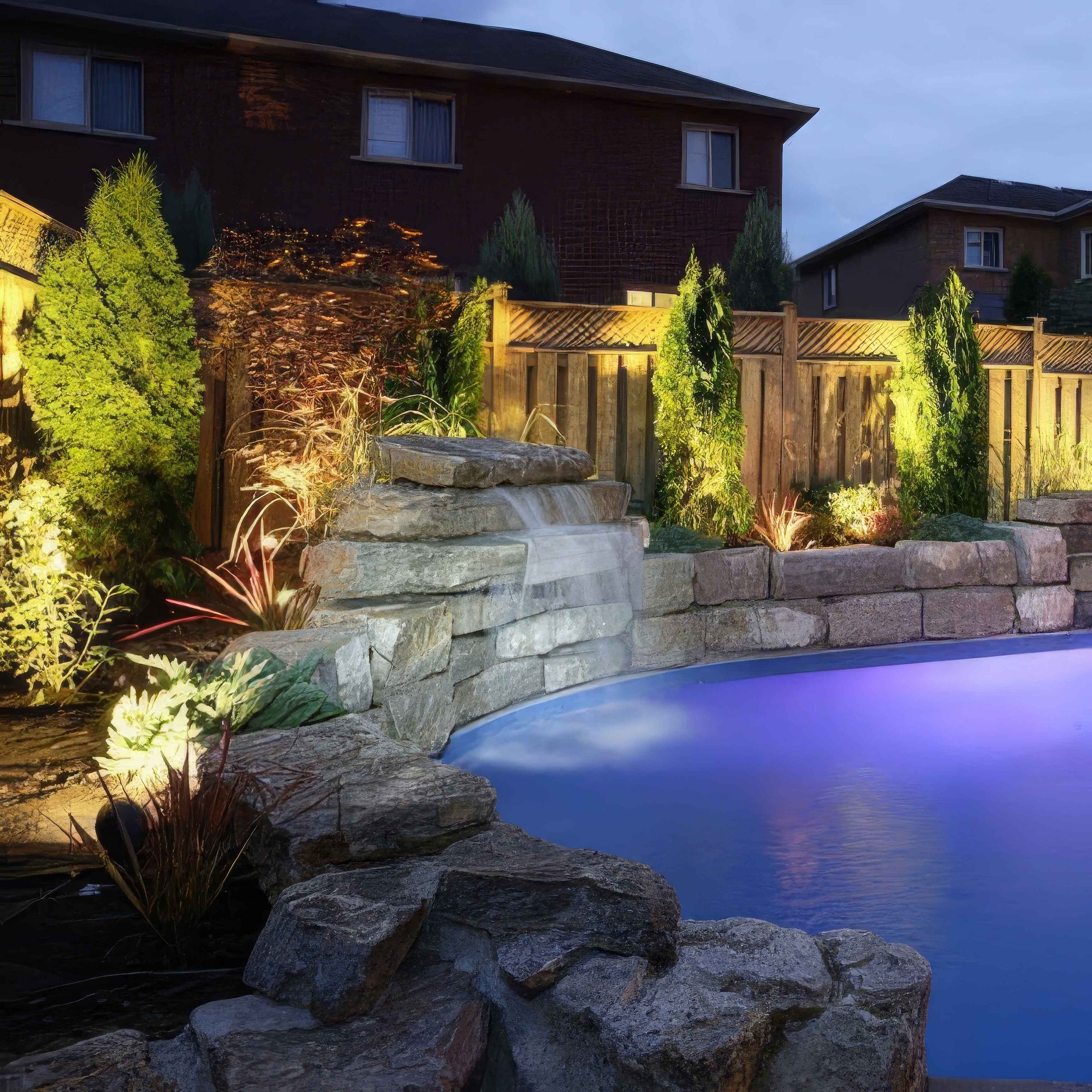
Calgary, Alberta
Need Help Getting Started?
-
Learn how to plan the perfect landscape lighting system for your home.
The Ultimate Planning GuideOur ultimate how- to for planning your dream landscape light project and everything in between.
-
Ready to roll up your sleeves and install your lighting system?
The Ultimate Installation GuideOur ultimate how- to for installing your own landscape light project step-by-step.
-
Looking for design ideas? We've got you covered.
Request your Virtual ConsultationOur free virtual design gives you image renderings of your outdoors to help you get the perfect results.
Our Latest Blog Posts
View all Blogs-
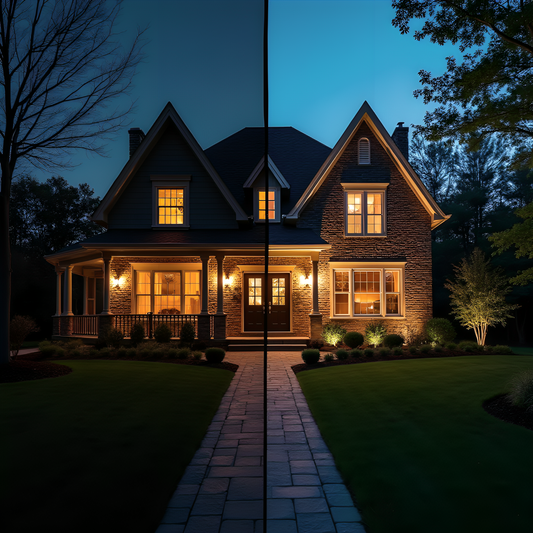
Maximize Your Spring Renovation ROI: How Outdoo...
Boost your home's value and security this spring! Discover how Silhouette Lights' Canadian-made, DIY-friendly outdoor lighting transforms curb appeal, enhances safety, and offers long-term savings. Illuminate your investment!
Maximize Your Spring Renovation ROI: How Outdoo...
Boost your home's value and security this spring! Discover how Silhouette Lights' Canadian-made, DIY-friendly outdoor lighting transforms curb appeal, enhances safety, and offers long-term savings. Illuminate your investment!
Read more -
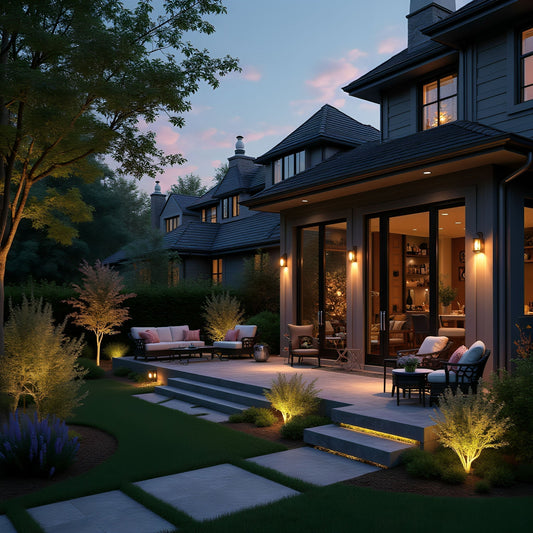
Spring 2025 Outdoor Living Trends: How Landscap...
Elevate your outdoor living this spring with landscape lighting that blends seamless design, Canadian durability, and year-round performance. Unlock the Full Potential of Your Outdoor Space You take pride in...
Spring 2025 Outdoor Living Trends: How Landscap...
Elevate your outdoor living this spring with landscape lighting that blends seamless design, Canadian durability, and year-round performance. Unlock the Full Potential of Your Outdoor Space You take pride in...
Read more -
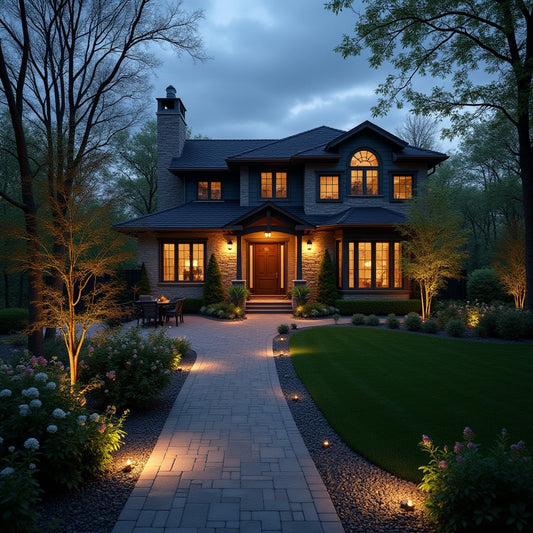
Illuminate Your Spring: Why Landscape Lighting ...
Upgrade your home this spring with premium landscape lighting from Silhouette Lights. Enhance curb appeal, boost safety, and enjoy your yard after dark with Canadian-engineered, weatherproof fixtures.
Illuminate Your Spring: Why Landscape Lighting ...
Upgrade your home this spring with premium landscape lighting from Silhouette Lights. Enhance curb appeal, boost safety, and enjoy your yard after dark with Canadian-engineered, weatherproof fixtures.
Read more -
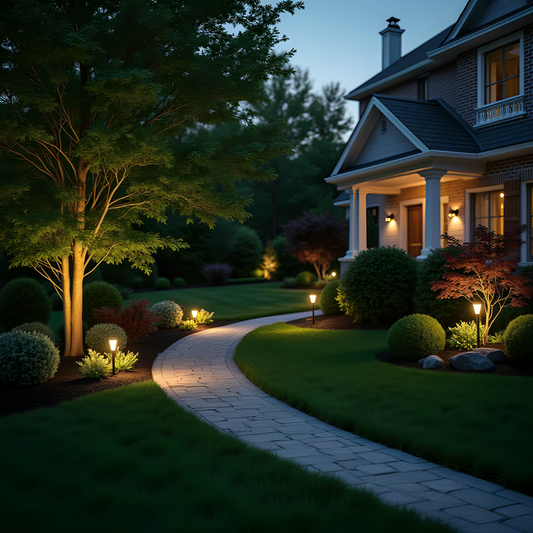
Shine Bright This Spring: The Ultimate Checklis...
Get your yard ready for the season with our spring outdoor low voltage landscape lighting maintenance checklist! Learn expert tips for cleaning, inspecting, and upgrading your lighting, and discover why...
Shine Bright This Spring: The Ultimate Checklis...
Get your yard ready for the season with our spring outdoor low voltage landscape lighting maintenance checklist! Learn expert tips for cleaning, inspecting, and upgrading your lighting, and discover why...
Read more
Why Invest in Premium Lighting?
According to our customer survey, homeowners saved an average of $1,200 over 5 years by choosing Silhouette Lights over replacing big-box alternatives. Invest once in premium lighting and enjoy years of savings while enhancing your home's outdoor beauty.





